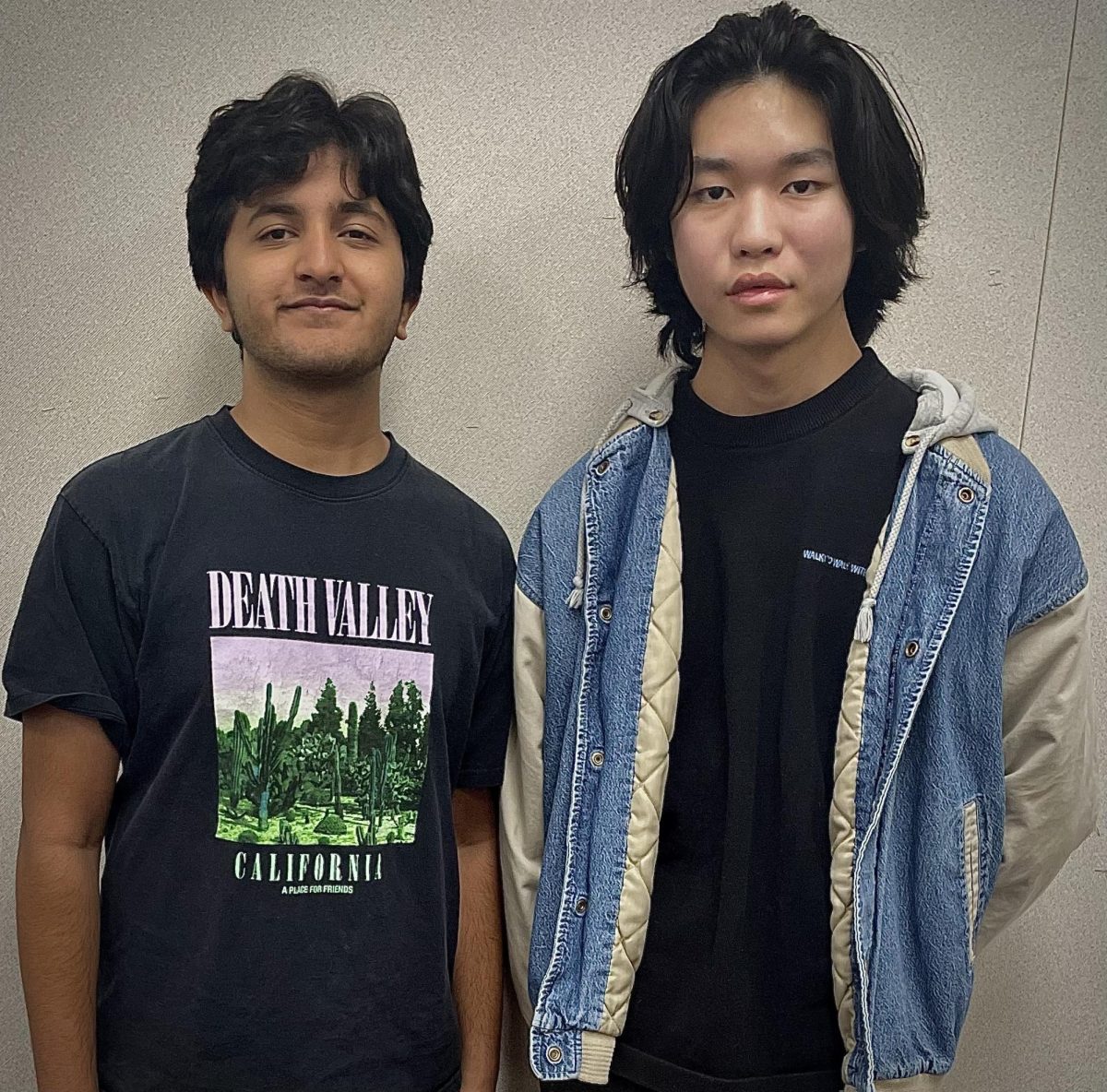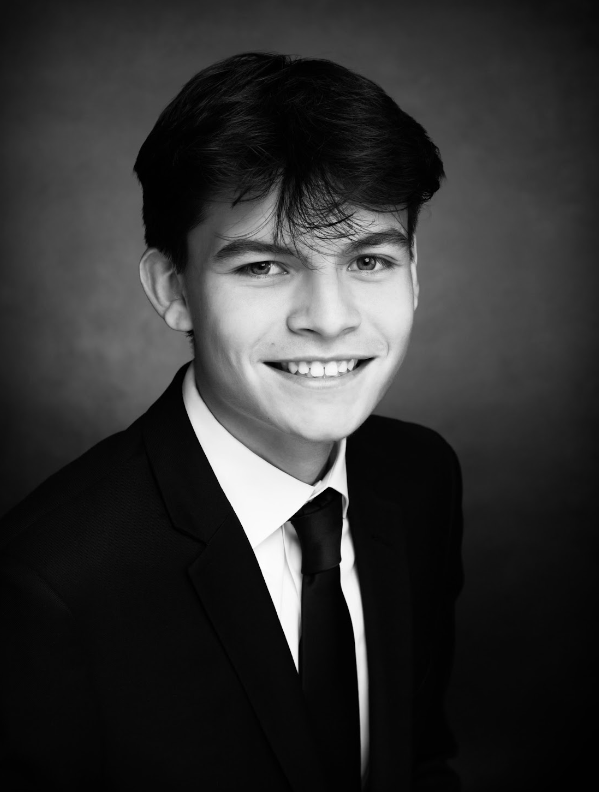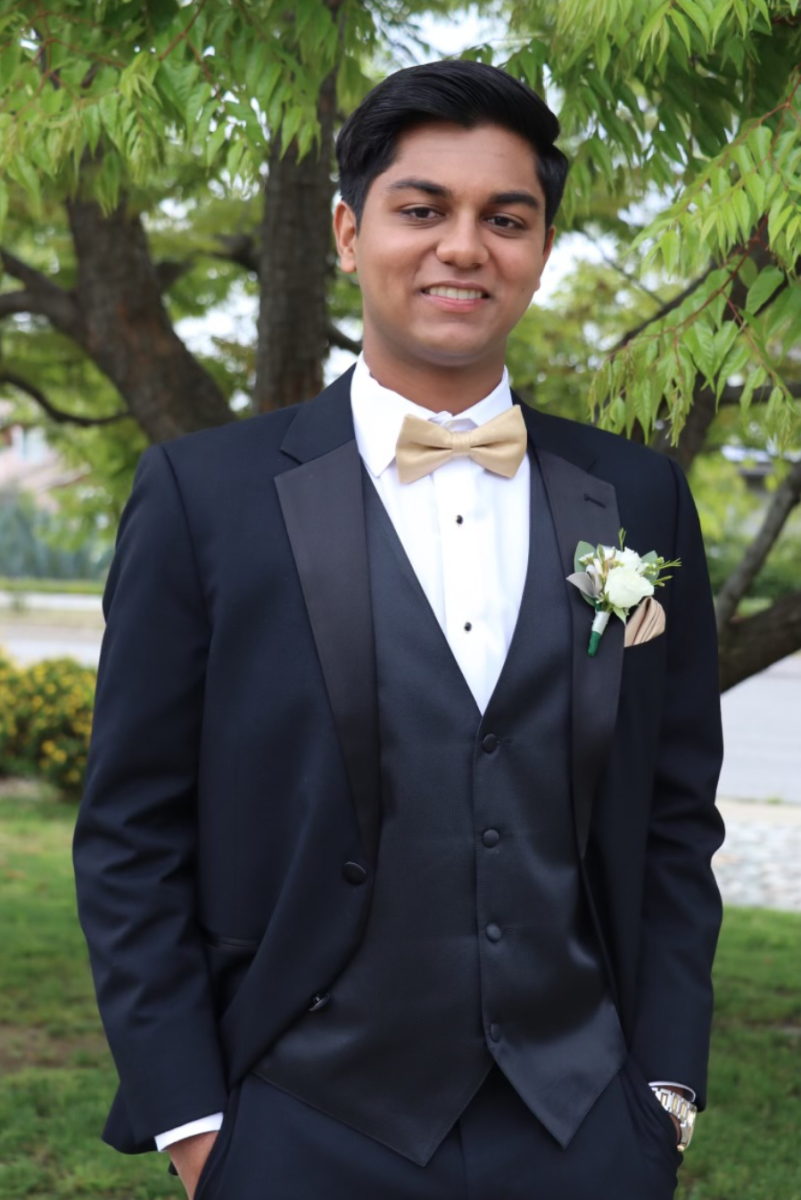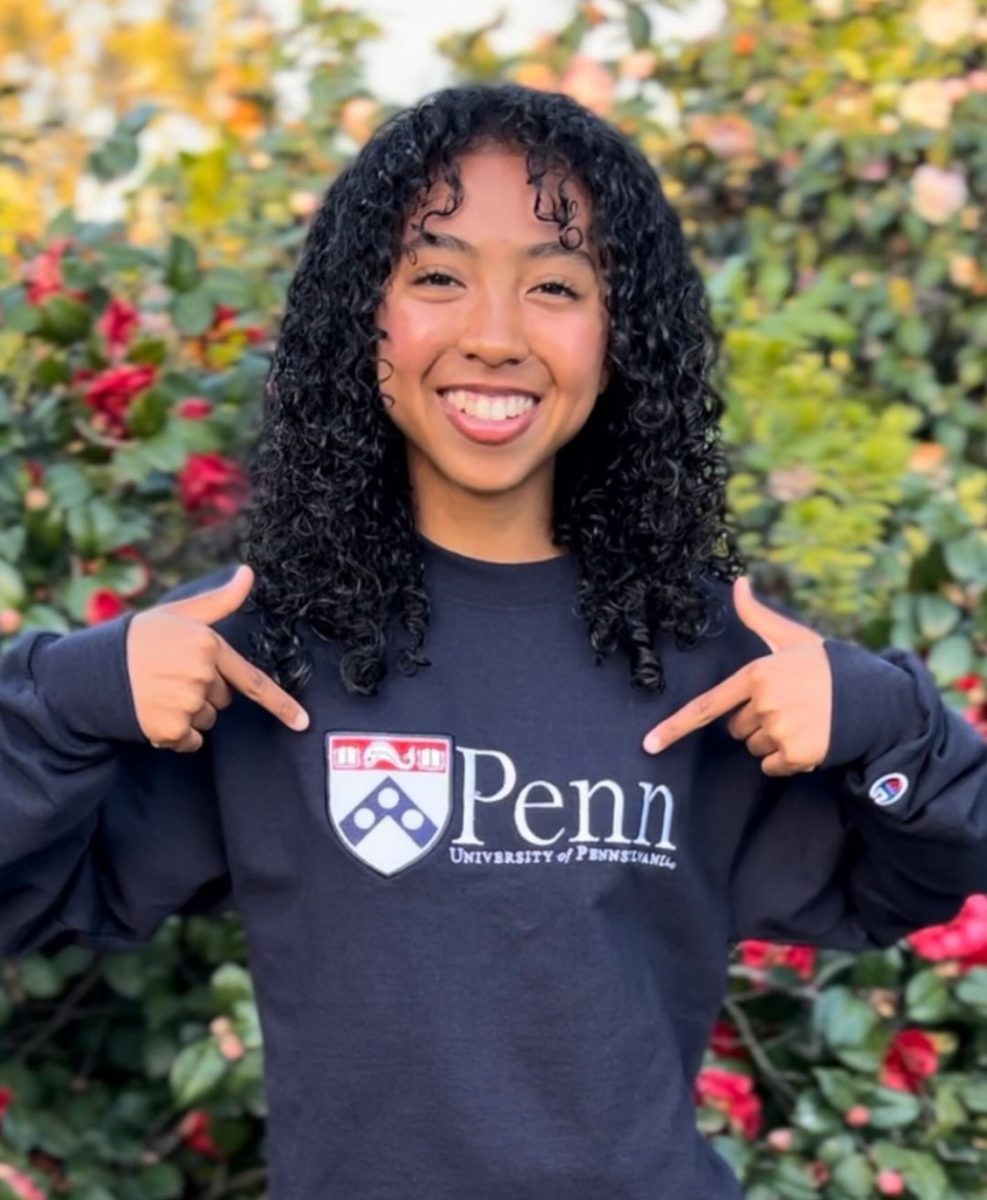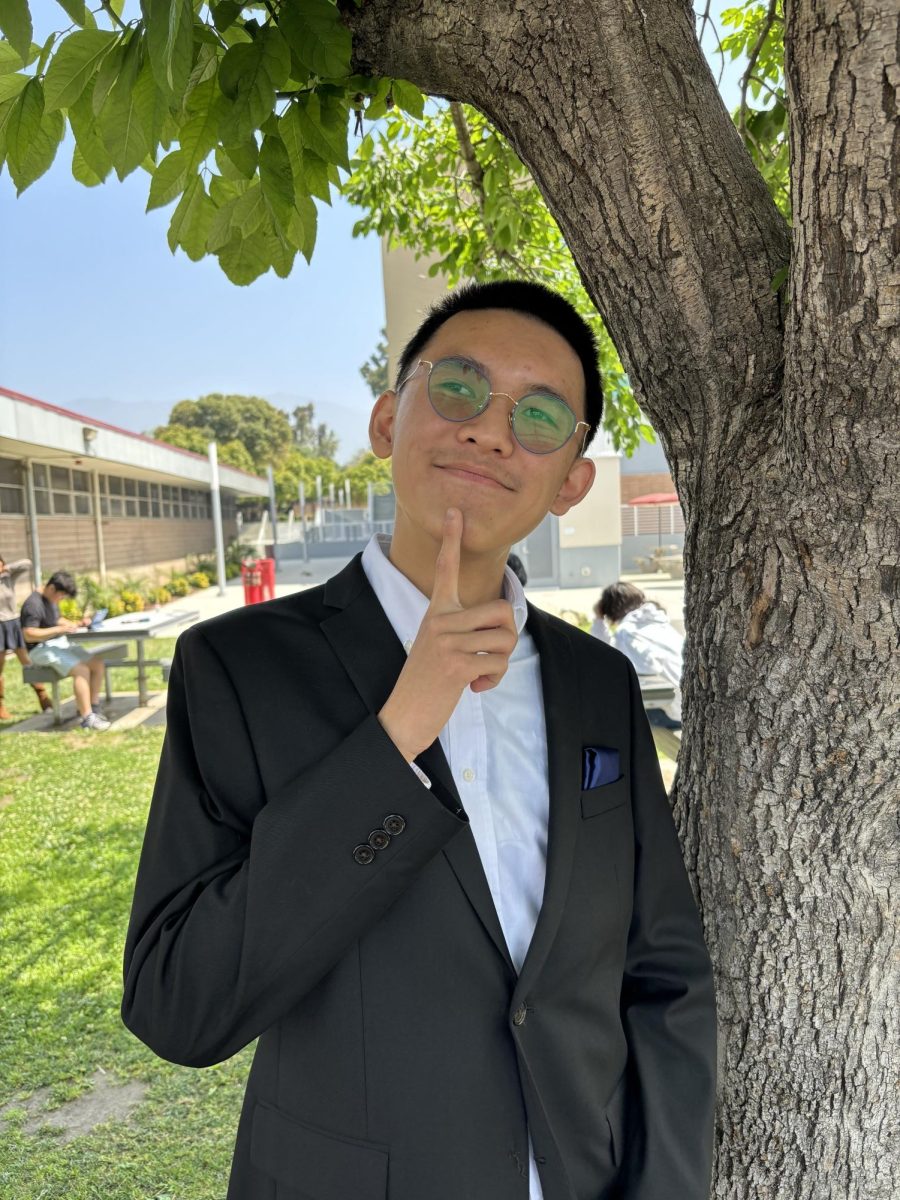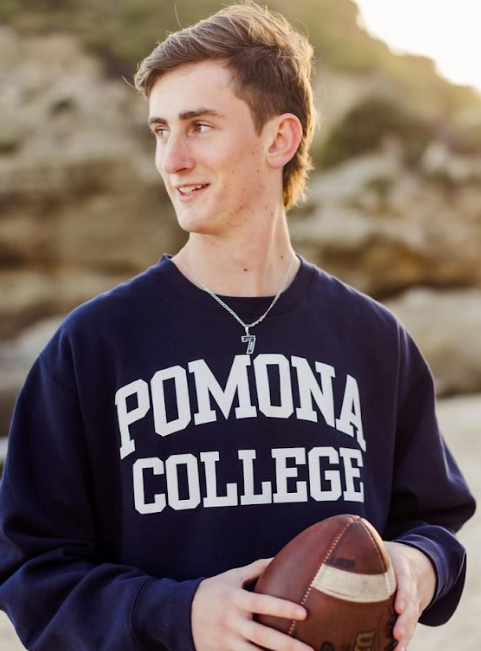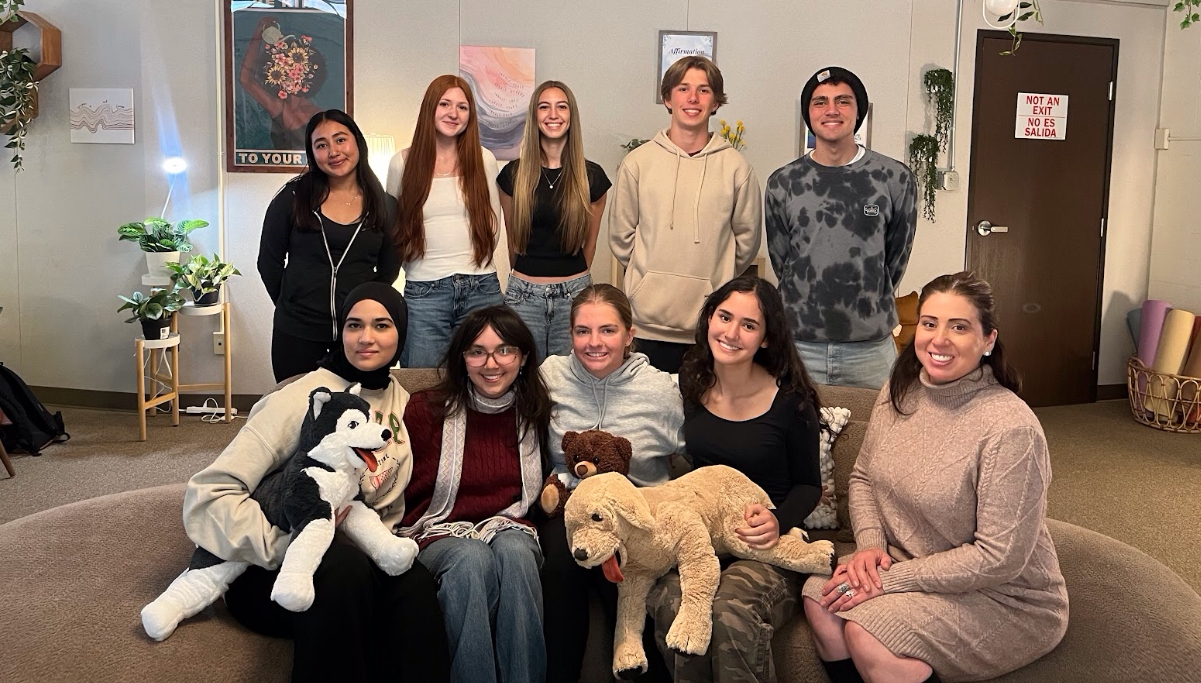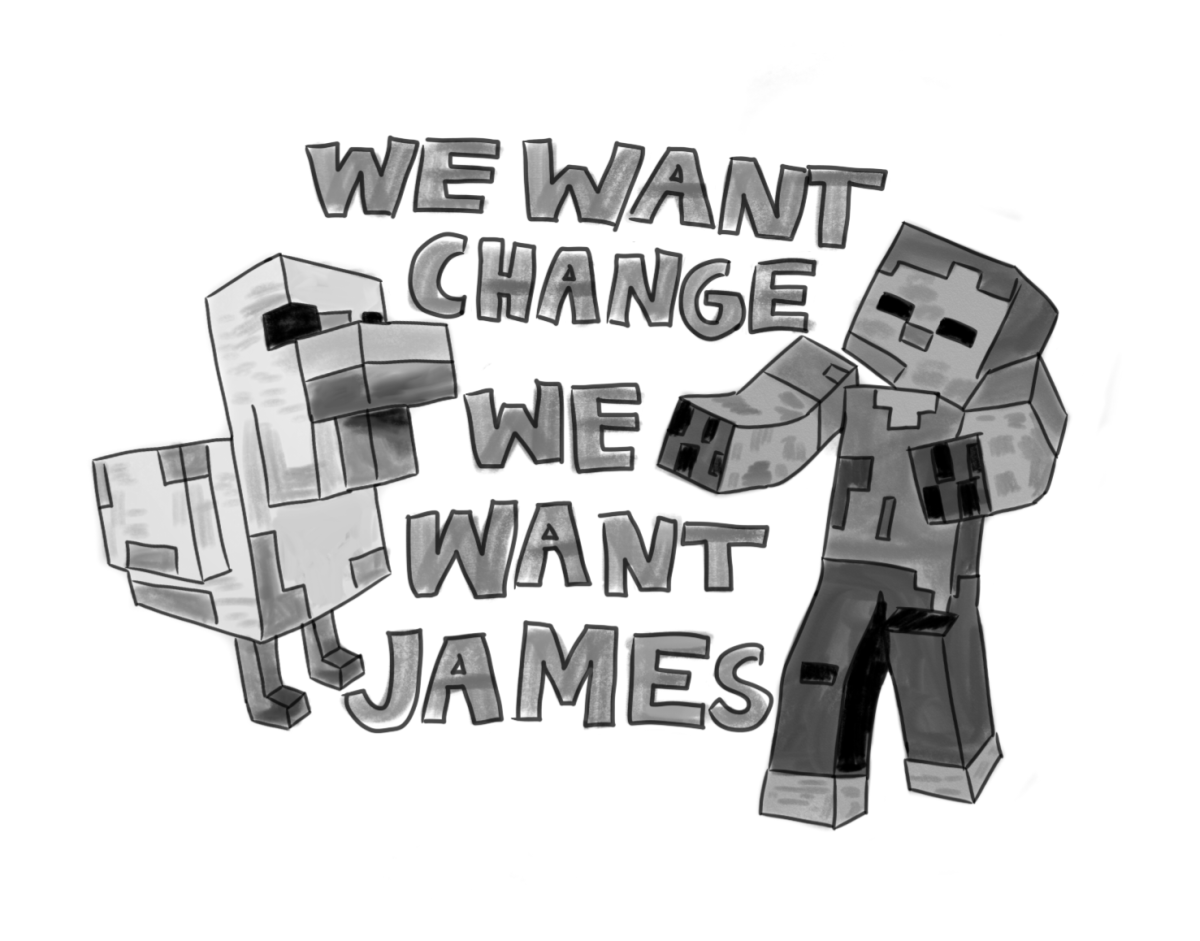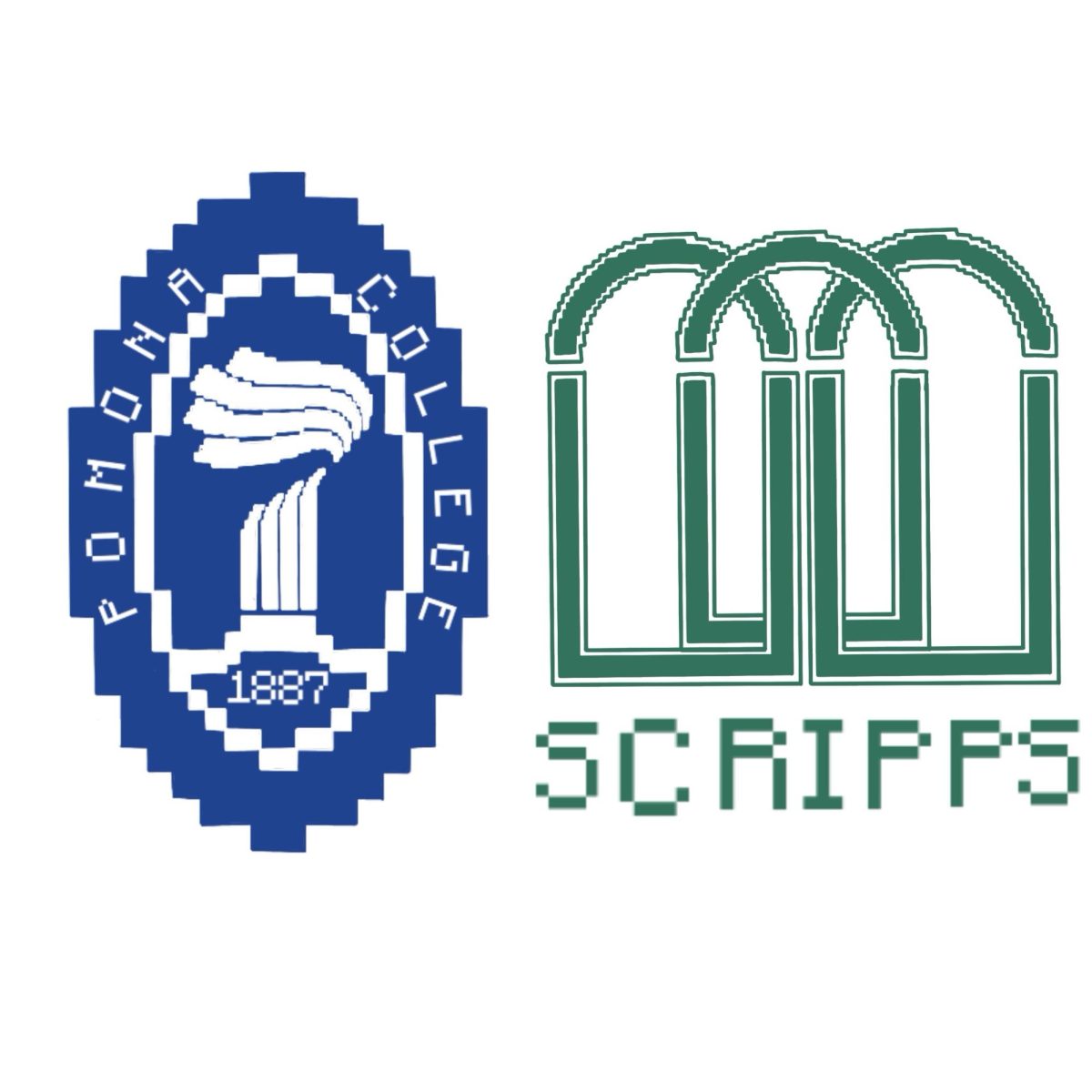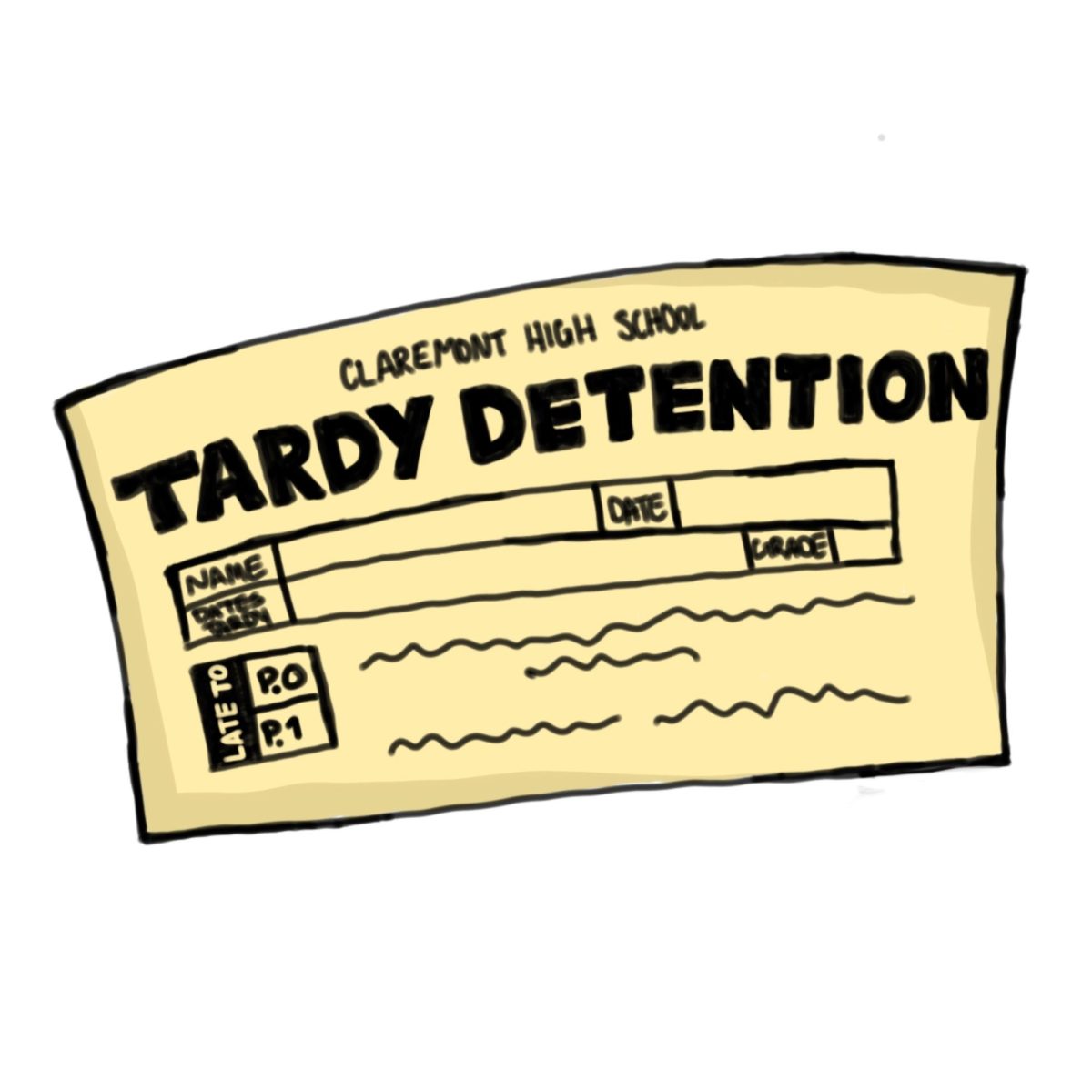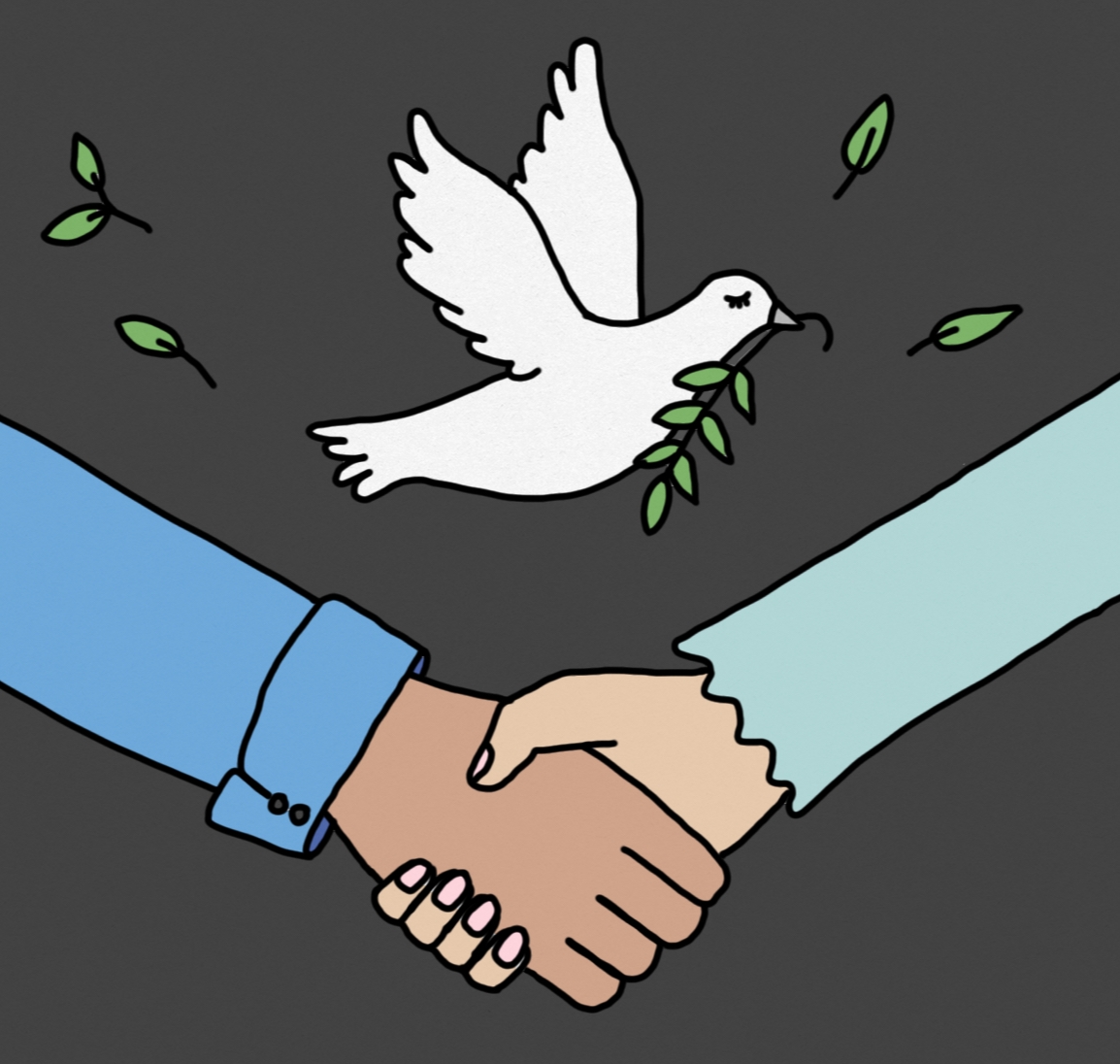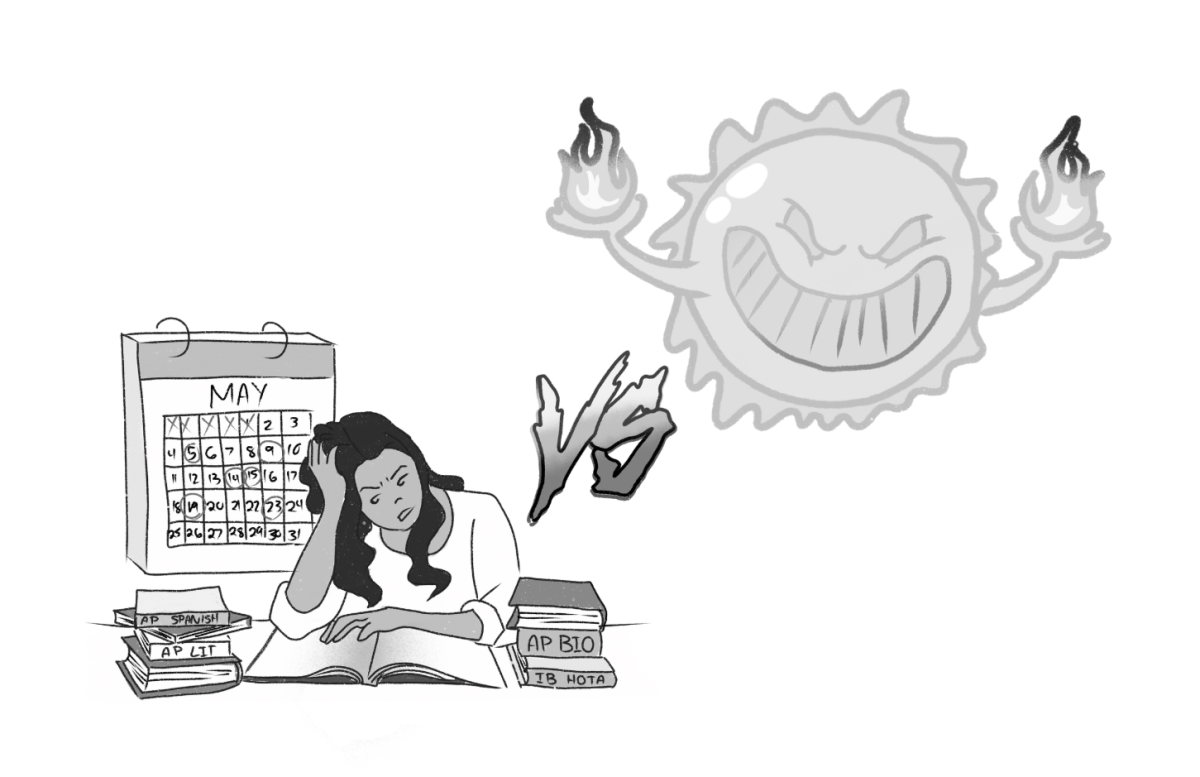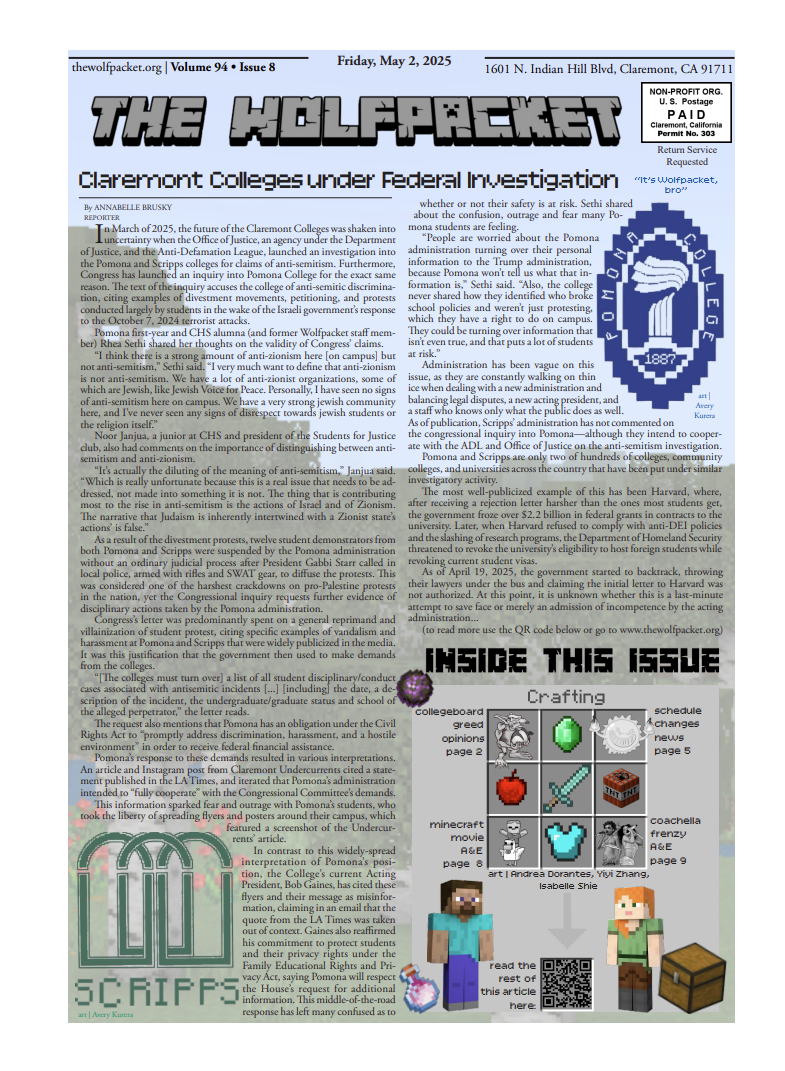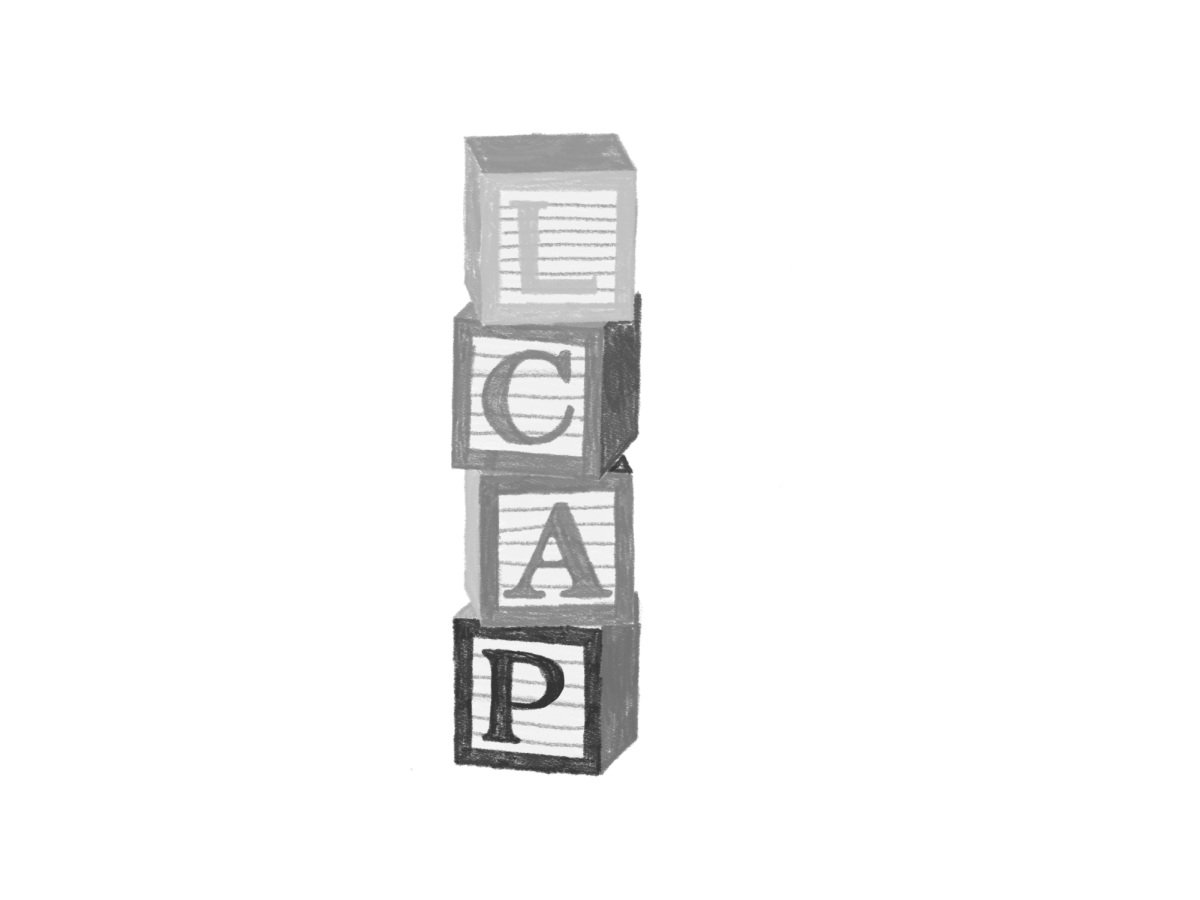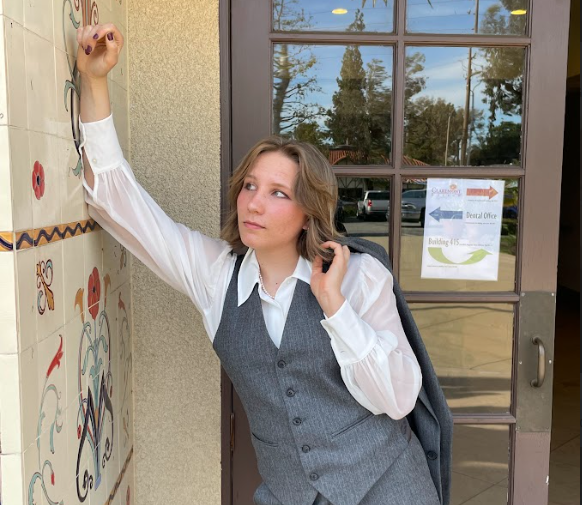For many high school rising seniors, summer is a time for rest, relaxation, and embellishment of college apps. Many teens spend the summer traveling, working, or volunteering. But for CHS students John Pan and Rishabh Paliwal, research pair and non-profit founders, summer was the perfect time to get a head start on their future careers.
Over the course of ten weeks of the summer, through lengthy phone calls and strategic planning, Pan and Paliwal combined their budding interests in economics and sociology, respectively, to research the unexplored topic of Cultural Capital and its effects on the perception of monetary value. Together, they drafted their research question, “What is the relationship between Cultural Capital and the perception of monetary value?”, designed their survey, collected and analyzed data, and wrote their findings up in a research paper titled, “Exploring the Relationship between Cultural Capital and the Perception of Monetary Value.”
To give some background information, Cultural Capital is defined as the accumulation of knowledge, behaviors, and skills that a person can tap into to demonstrate one’s cultural competence and social status, as described by Pierre Bourdieu in his 1986 essay The Forms of Capital. In simple terms, Cultural Capital is how much experience one has in activities valued by society, for example, art, music, and literature, while the perception of monetary value is how much an individual perceives different items are priced at.
The relationship between Cultural Capital and perception of monetary value is not yet researched, which posed an issue to Paliwal and Pan. The two took it in stride, however, seeing it as an opportunity to stand out and pioneer a new field of research. To aid in their quest, the two sought mentorship, cold emailing some fifty sociology and economic professors to varying responses. Luckily, one Professor, Zephi Francis of the Sociology department at American University in Washington DC and a University of Pennsylvania faculty member, was willing and excited to assist in the process. Professor Francis proved himself invaluable, guiding the pair through the process over zoom calls and email threads, while furthering Paliwal’s knowledge of sociology.
To examine the relationship between Cultural Capital and perception of monetary value, the two needed to develop a system to compare the separate ideas. To achieve this, Pan and Paliwal set about designing seventeen questions to gauge an individual’s cultural experience– including questions of respondent’s education levels and yearly household income and how many books they read a year– and a second set of questions for respondents to reflect on the value of twelve different items ranging from instant ramen to cars. Comparing the data sets, the pair quantified the respondent’s answers, giving each person a Cultural Capital score to compare against their monetary guessing score on a linearized scatter plot.
For the collection of their data, Pan and Paliwal reached out to a majority of high schoolers. Most responses were sourced from their non-profit organization, Best Seeds, founded in 2022, which seeks to “teach the youth, write encouraging letters to patients and healthcare workers in hospitals, and offer classes with varying subjects of interest”. This was a favorite part for Paliwal and Pan, seeing their fellows’ interest level in their research and their work in action.
“[My favorite part was] seeing the amount of responses that we got, because it was completely optional,” Paliwal said. “I was actually kind of happy to see that many people were interested in taking it and people said they had fun guessing the prices.”
“I also had fun analyzing the data, seeing the number of responses [and] their guesses, and reading their estimates, [which] varied across the board,” Pan said.
Ultimately, their data reflected that the higher Cultural Capital scores corresponded with more accurate perceptions of the cost of the chosen twelve items. In encompassing a range of items for people to value, Paliwal and Pan’s results showed a large outlier in the two works of art included on the list: A Balloon Dog by Jeff Koons and Scream artwork by Edvard Munch, the former conventionally valued at $48,000 and the ladder at $152,900,000. They found that most respondents valued the works much lower than market value but that the few that were on the money tended to have higher Cultural Capital scores.
The two concluded that in fact, “there is a plausible relationship between Cultural Capital and the perception of monetary value” and the more life experience one has, the more accurately they can estimate the value of different items. To this point, Pan and Paliwal believe that if they were to expand the survey to adults, their results would reflect higher Cultural Capital scores due to greater life experience, the opposite being true of younger people– also not included in the survey. Ultimately, the pair argue in their paper that research such as this can help inform marketers in identifying and tailoring their campaigns to target audiences, for example, “Marketers could present more of their products to those with higher Cultural Capital scores to increase sales due to those who have higher Cultural Capital scores accurately valuing products within their reasoning”. The paper is also an argument for the importance of financial literacy among youth and its inclusion in a school curriculum, to decrease susceptibility to money illusion.
“[Our research] proves that you should get involved; step out of your comfort zone,” Paliwal said. “[For example] reading books actually [affects] your score, or learning about different countries, or just reading news articles. That’s shown to be tremendously beneficial to the people because, as we’ve seen, people that have experienced and done more and learned about different cultures had better scores.”
For Pan and Paliwal, this research process has been and will be beneficial to them as they plan on conducting research in college. For Paliwal, conducting the project allowed him to gain the experience necessary to earn a position as a research assistant at the University of San Francisco, bypassing research method classes required by some universities. Pan is grateful for the experience and excited to see where it takes him.
“Getting started on research, you’re able to gain that experience, just like working an actual job compared to just learning theory,” Pan said. “It’s like applying that knowledge and then explaining that further so that when you’re doing research in the future, you can build off of that experience and learn more.”
For people considering taking on an independent research project, Pan and Paliwal give their encouragement and advice.
“I just want other people to be able to research on their own [and] take this as some inspiration,” Pan said.
“The process, it’s not impossible to do, [but] it did take a good chunk of our summer,” Paliwal said. “But if you get a mentor, like how we found someone who oversees experience in that field, then [narrow] it down with them, [you can do it]. So anybody could do it, as long as you just work together and find someone that’s experienced in whatever field — and then you just have to get started.”
Their mentor is currently reviewing Pan and Paliwal’s papers, and a science journal is in the works to publish their findings.




